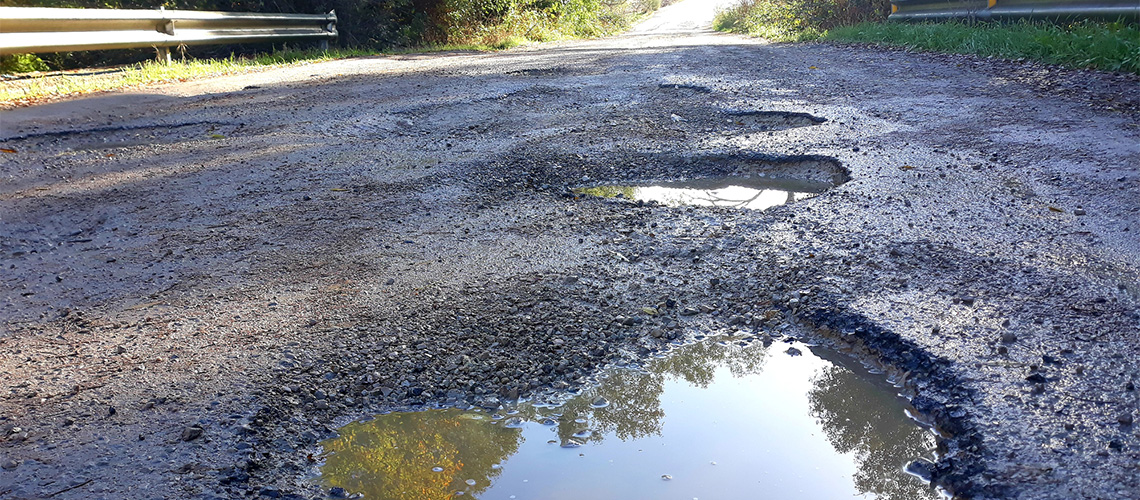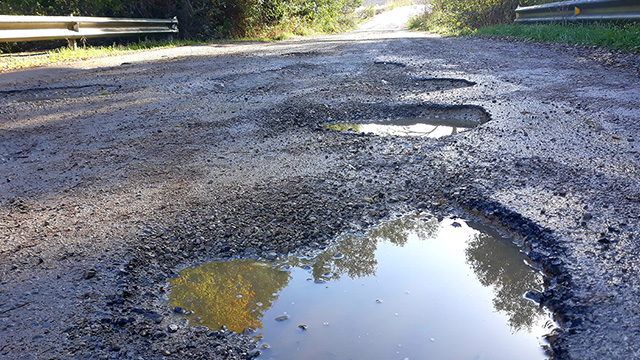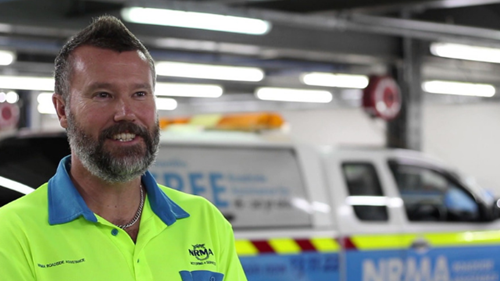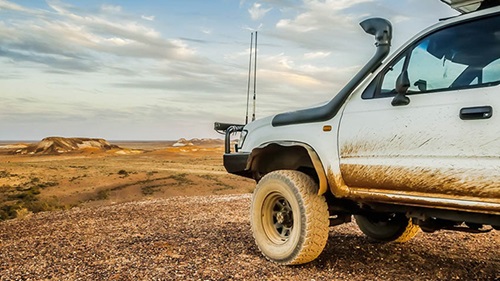Potholes come in a variety of shapes and sizes, though all share one thing in common: they can pose a serious safety hazard and cause vehicular damage ranging from minor to major.
While there’s no ‘right’ way to hit a pothole, here are a few suggestions for motorists who find themselves with one rapidly approaching and a collision inevitable.
1. Reduce speed as much as possible, but don’t slam on the brakes
If you’ve spotted the pothole early, and the conditions around you mean avoiding it is not an option, then attempt to reduce your speed as much as possible without slamming on the brakes.
The slower your vehicle is travelling when it hits the pothole, the less energy will be transferred into the tyre, wheel rim, suspension/steering components and the cabin, reducing the chances of something breaking.
While reducing speed is important, do not slam your brakes. This is for two reasons:
- Any sudden reduction in speed can create a dangerous situation for you and surrounding traffic, potentially leading to a rear-end collision;
- During braking, weight is transferred onto the front wheels, pushing them into the ground even more. When road is suddenly replaced by pothole, this additional weight over the front wheels will push them into the pothole with more force, potentially amplifying damage.
Where possible, turning your hazard lights on to warn drivers behind you of an obstruction up ahead is also a good idea.
2. Keep both hands on the steering wheel
Keeping both hands on the steering wheel is important (and legally required) whenever you’re operating a car, but especially when dealing with potholes.
A pothole can send tremendous force through steering components, which ends up transferring through the steering wheel and back into a driver’s hands. This can cause motorists with a lax grip to lose control of the steering wheel or even injure their hand/wrist.
3. Don’t swerve at the last second
Swerving to avoid a pothole at the last moment is dangerous for multiple reasons.
Firstly, you may lose control of your vehicle during the maneuver or swerve it into another lane/oncoming traffic.
Secondly, steering and suspension components are inherently weaker when steering angle has been introduced, making them more likely to break on impact.
4. Prepare your tyres for more potholes
Maintaining your tyre pressures at the higher end of the manufacturer’s specified window will help them protect the expensive wheel rim inside.
The less air pressure your tyres have, the less ability they have to keep bitumen and wheel apart during a collision with a pothole.
Tyre pressure information can be found on either the driver's side door sill, petrol cap or handbook. If you're still unsure of your vehicle's specific tyre pressures, contact the dealership or speak to your mechanic. For further assistance, our Motoring Advice team is on-call at 13 11 22.
Damaged and flooded regional roads
Due to excessive rainfall and flooding, there is increased damage to roads and vehicles around Central West NSW. The issue is compounding, as roads are unable to be repaired during these weather events, and their condition worsens even further.
Secondary roads in these areas are also seeing extra traffic as damage as vehicles are diverted away from flooded main roads.
The NRMA has seen an increase in callouts from Members for flat tyres in these areas, and recommends the following for those travelling in regional areas affected by severe rain and flooding:
- Take extra care, especially at night, and slow down in areas that have suffered extreme weather,
- Never drive through flood waters, even if the water looks shallow,
- Obey road closure signs,
- Avoid visiting flood-affected areas unless absolutely necessary,
- Check Live Traffic for updates before travelling, and
- If you have hit a pothole and have sustained a flat tyre, the NRMA can help.
What to do if you hit a pothole
If you hit a pothole and are concerned you've damaged your vehicle, pull over to a safe location and contact NRMA Roadside Assistance through the my nrma app or over the phone. NRMA patrols can attend to the vehicle and determine whether it is safe to drive or you need a tow to a mechanic.
While it is unlikely local councils will be liable for any damage to your vehicle as a result of the pothole collision, you should still report the pothole and accident to your local council.
Speak to your insurer about covering the cost of any repairs – issues like this are why drivers should always purchase insurance.












